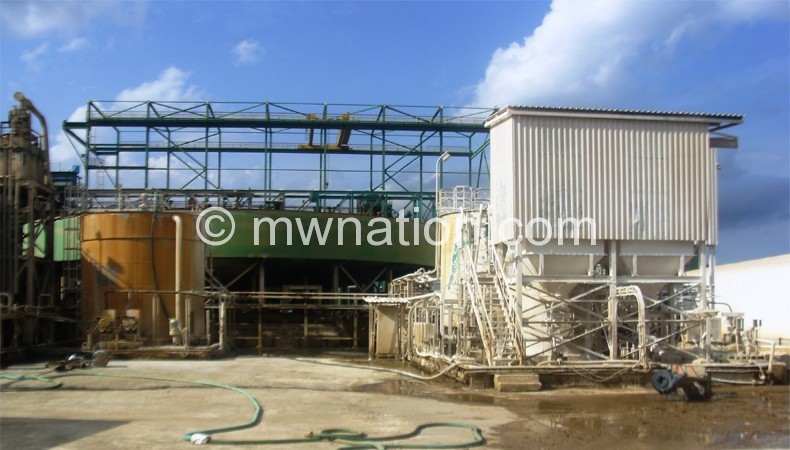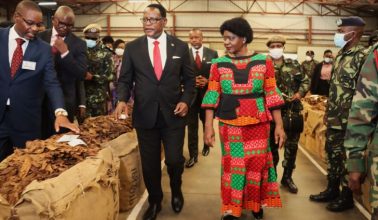Mining sector tax burden to investors—Report
Taxes imposed on mining companies in the country are overburdening investors in the sector, an analysis conducted by the Centre for Environmental Policy and Advocacy (Cepa) has revealed.
Cepa’s assessment of mining policy implementation in Malawi, whose findings are set for dissemination next week, also reveals that some specific fiscal and investment incentives in the sector are deemed unattractive and that infrastructure is not conducive enough to attract mining investment into the country.

Cepa, with support from the Tilitonse Fund, conducted an assessment of policy implementation on mining to generate evidence for policy advocacy towards effective policy development and implementation in the mining sector.
The review is envisioned to generate evidence for policy advocacy towards effective policy development and implementation in the mining sector.
In Malawi, taxation revenue stream consists of royalties between a range of five and 10 percent, 16.5 percent value added tax (Vat,) corporate tax of 30 percent, ground rents (up to K10 000 per square kilometres), withholding tax of a range between 10 and 20 percent, non-residence tax of 15 percent, Pay As You Earn (Paye) between 15 and 38 percent and dividend tax of 10 percent as well as fringe benefit tax of 30 percent.
“Consultations with mining companies show that the taxes imposed on mining entities are overburdening the investors,” reads Cepa’s draft report detailing preliminary findings of the study.
Other mining companies operating in Malawi, the study says, feel that the tax system should take into consideration the type of minerals being extracted as other minerals are not as lucrative.
Apart from uranium, other major minerals currently being produced in Malawi include coal, gemstones, dolomite, cement, lime and stone aggregate.
Malawi also has deposits of vermiculite, graphite, iron sulphide and bauxite that are in various stages of exploitation.
“Malawi’s royalties go straight to ‘Account Number 1’ and are not distributed preferentially to districts or communities where mining activities are taking place,” reads the report in part.
In terms of revenue, the report says there is a general concern that government does not want to disclose the concessions agreed with the investors to the public so as to prevent other investors to take it as a reference point for future deals.
It adds: “On the same, people think that officials have pocketed money, but the real sense is that the government is trying to protect the future investment.”
It also states that in other countries, governments are seeking greater transparency through affiliation with the Extractive Industries Transparency Initiative (EITI) so as to strengthen revenue management in line with international good practices and to further strengthen sector governance.
In Malawi, exploration and exploitation of the mineral resources are governed by the Mines and Minerals Policy of 2013, the Mines and Minerals Act of 1981 and the Petroleum (Exploration and Production) Act of 1983.
However, the report says the Mines and Minerals Act-currently under review- is outdated, not aligned with its corresponding policy and does not comprehensively cover issues of sustainable development in all spheres of social and economic development and environmental sustainability.
During a recent Malawi Investment Forum in Lilongwe, Minister of Natural Resources, Energy and Mining Bright Msaka said government is leaving no stone unturned to clear all the bottlenecks in the mining sector including ensuring transparency and accountability in the mining sector proceeds.





